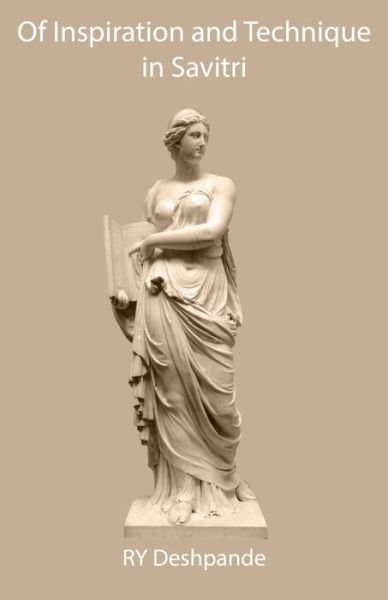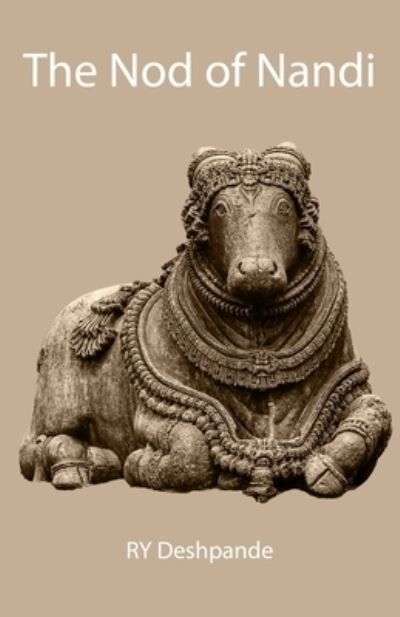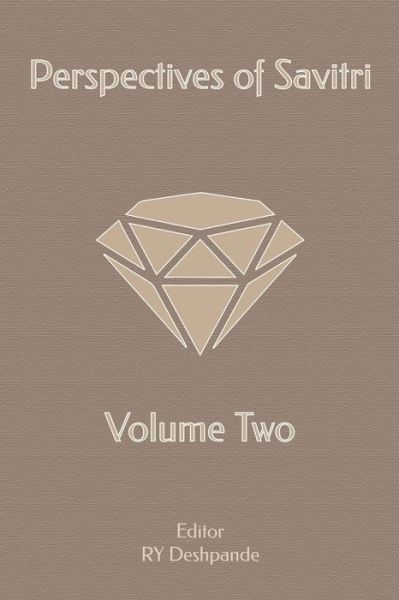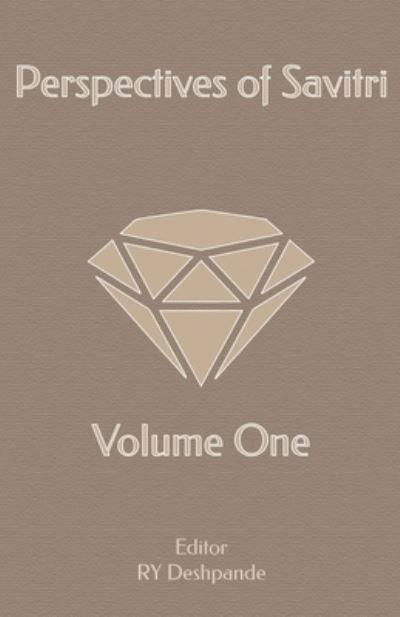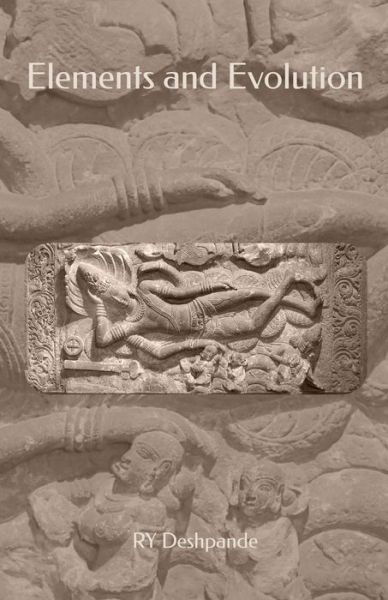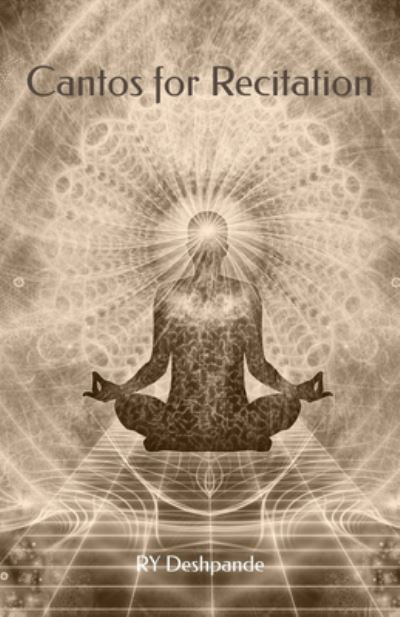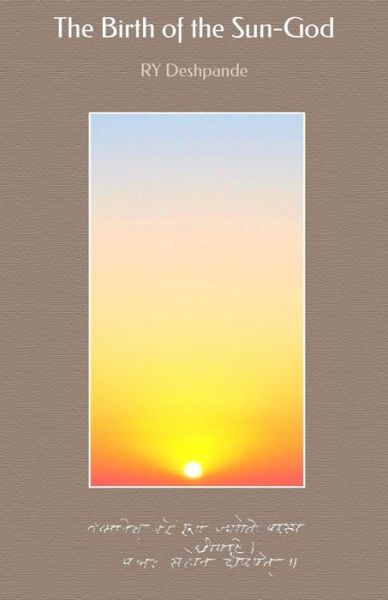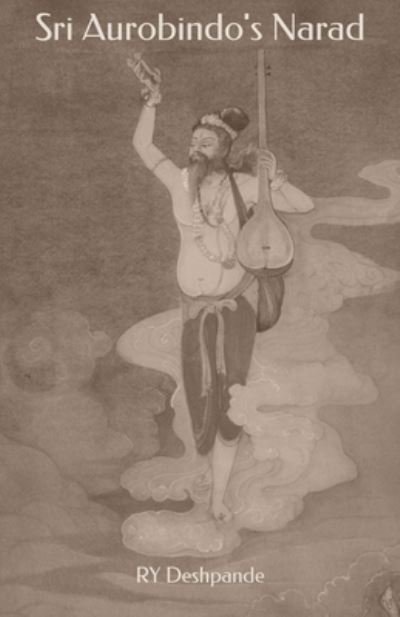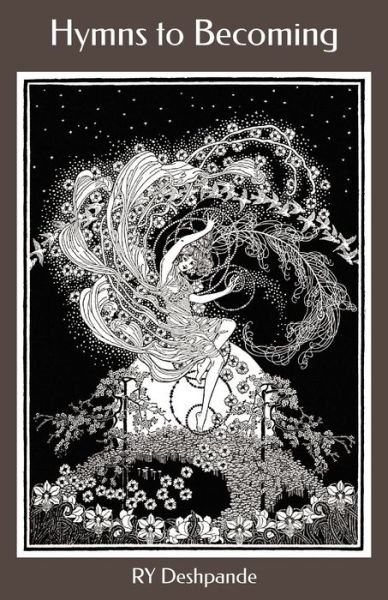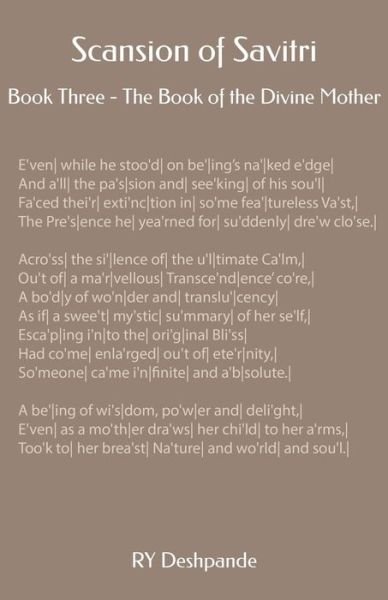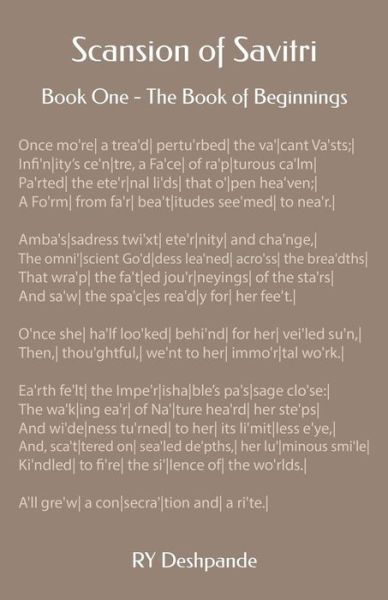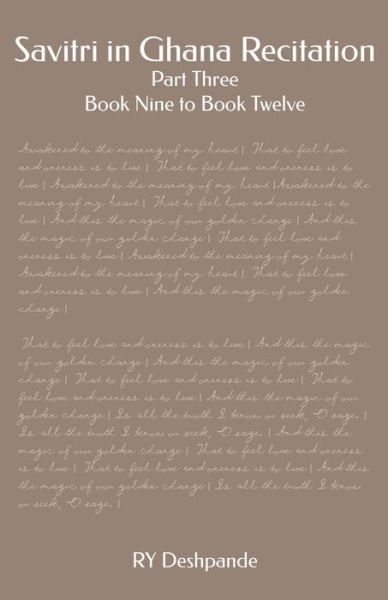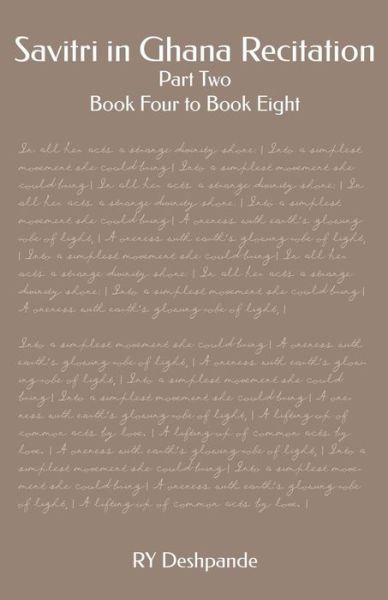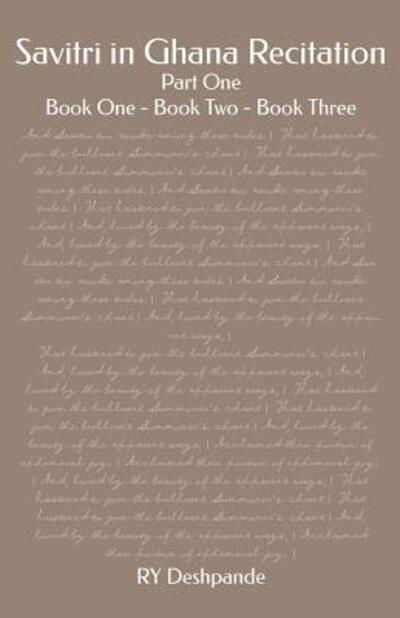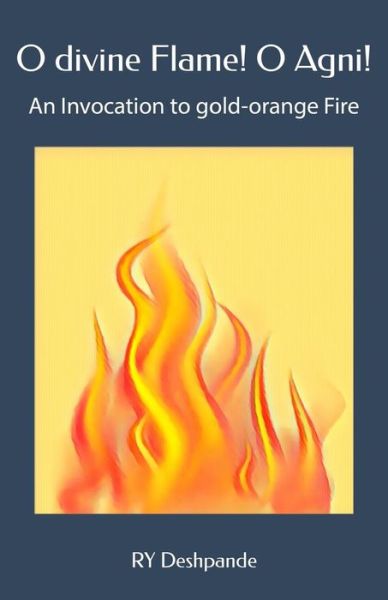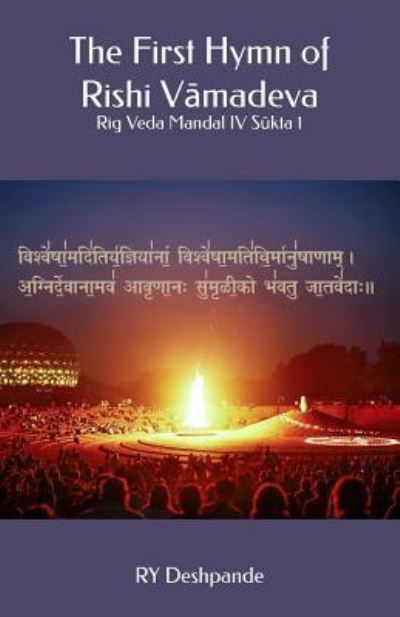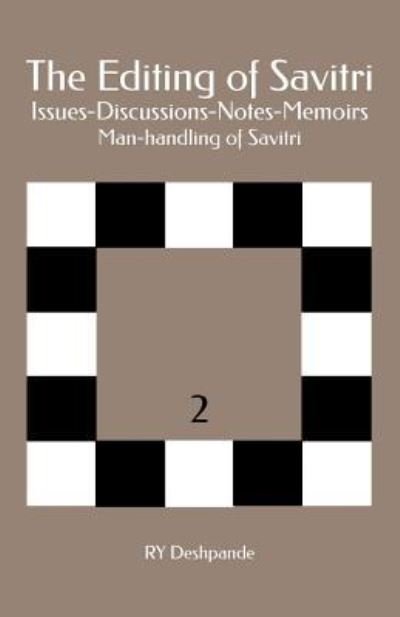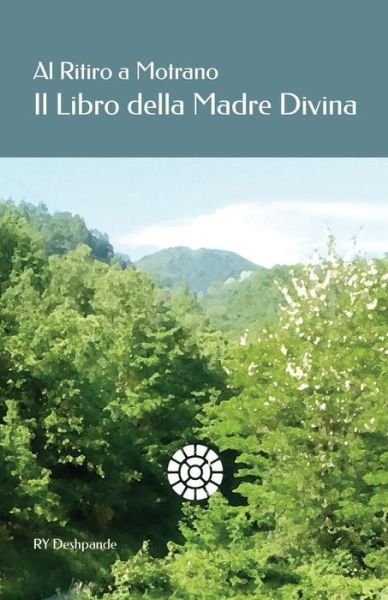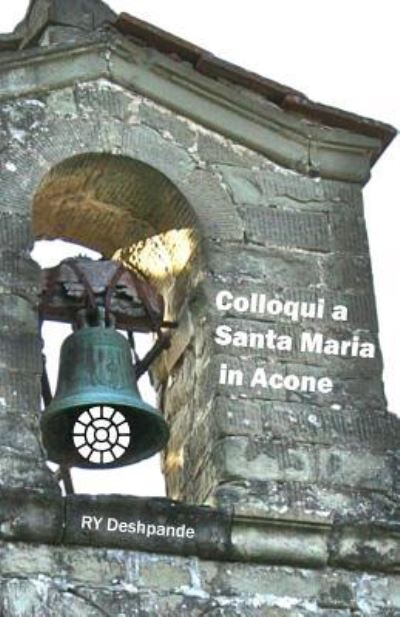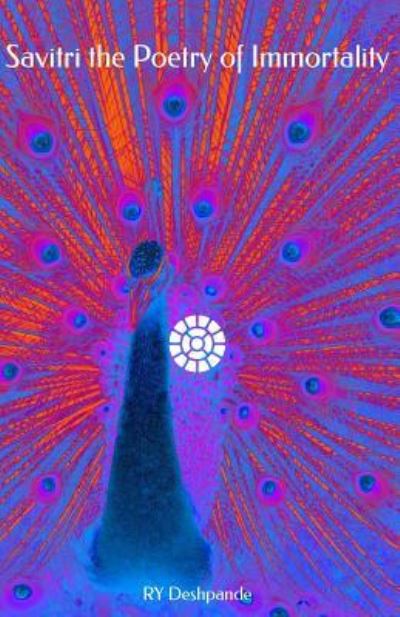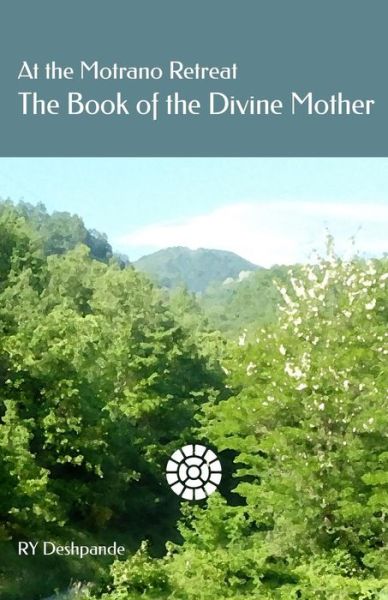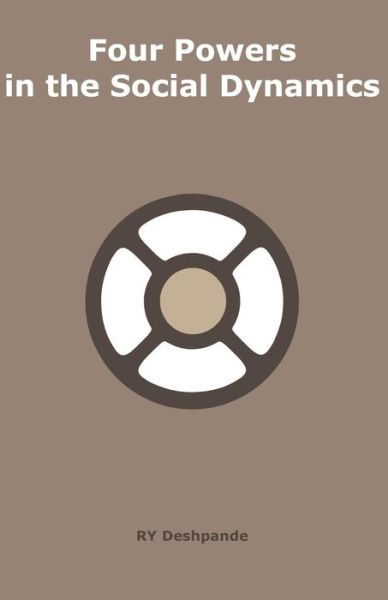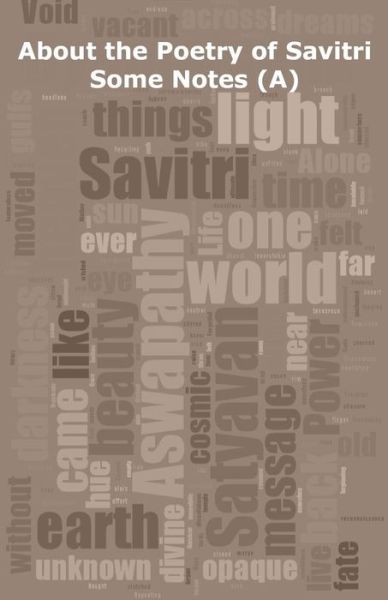
Tell your friends about this item:
Sonnet-like Passages in Savitri
Ry Deshpande
Sonnet-like Passages in Savitri
Ry Deshpande
Publisher Marketing: It may look somewhat absurd to scoop out sonnet structures from an epic narrative, but perhaps in the bright amplitude of the epic itself are present innumerable sub-realms that have their own compelling individualities. These are like different rooms and chambers and halls and verandahs in a royal palace, in the White House, in the Palace of Versailles, or more appropriately the world of South Indian Temples or the famous set of Ajanta Caves. By the very definition of an epic we can say that it has a rich abounding multidimensionality representing re-creatively the thousand moods and manners one witnesses in vibrancy of the life of man, its setting having the theme of men and nations or the world or the universe, or the foundational issue of the creation. There are essences of aesthetic delight or rasas, there are evocations and moods and bhavas, there are echoes and reflections, persuasive sounds and soft winning music, there is the dhwani which only an occult ear can hear, the sound of the roots of the words, unheard melodies, anahat nad, there are orchestral grandeurs and there are quiet concerts in well-tapestried chambers. It is these individualities that we are trying to see in that greatness, an act which need not reduce the greatness of the great. In an attempt to preserve the epic grandeur of one's life at times one thinks of one's qualities in pieces, pieces which shine out, diamond-like, in their distinctive facets. Our affiliation with sonnets could be of that nature. A sonnet is essentially a lyrical composition in fourteen lines, these lines grouped in different ways but together describing a single theme in the terseness of thought and feeling. Although it started as a sonet or sonetto, a "little song" or "little sound," it has in it the strong presence of idea-force and idea-vision as much as idea-sound. It is at times said that a sonnet deals with thoughts or emotions sharply standing against each other, but also leads to an evocative resolution. This is done differently in the three types that are prevalent in the traditional genre of sonnet literature. The Italian or Petrarcan or later Miltonic sonnet is divided into two sections, octave and sestet, signifying two aspects of the theme being presented. There is a change also occurring in the rhyming scheme, though the metre throughout is mostly iambic pentameter. The transition where the change takes place is called the volta or the turn. This volta brings about a very suggestive if not a powerful dramatic effect, an unexpected well-defined thematic or imagistic slant, spin, revelation, even wonder and amazement. To quote a critic: "The octave bears the burden; a doubt, a problem, a reflection, a query, an historical statement, a cry of indignation or desire, a Vision of the ideal. The sestet eases the load, resolves the problem or doubt, answers the query, solaces the yearning, realizes the vision." In the Spenserian sonnet the pattern is of four-line groups or stanzas, each developing a specific idea, culminating with a couplet which forms a kind of commentary. Again, the volta occurs exactly as in the Italian sonnet, at line nine. In the third category, the English or Shakespearian sonnet there is a great degree of simplicity and flexibility, a naturalness which goes with the English language. The ideas developed in the three quatrains flow smoothly from one into the other, the volta if it can be called so, or culmination taking place in the last two lines, in the couplet, though it can be after the first two quatrains. A prosodist of yester-years says that the Shakespearean form is the best suited to English, one which is "absolutely genuine and orthodox," though the great Miltonic is "susceptible of great beauty, but has no prerogative, still less any primogeniture."
| Media | Books Paperback Book (Book with soft cover and glued back) |
| Released | October 18, 2012 |
| ISBN13 | 9781480213722 |
| Publishers | Createspace |
| Pages | 376 |
| Dimensions | 140 × 216 × 21 mm · 476 g |

 Christmas presents can be returned until 31 January
Christmas presents can be returned until 31 January


